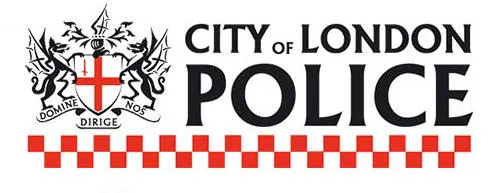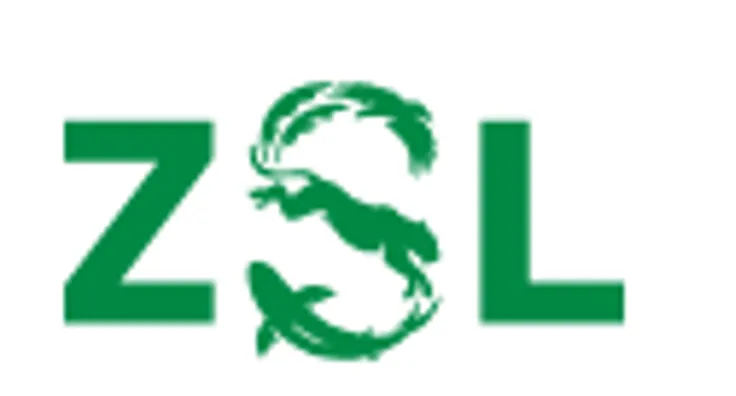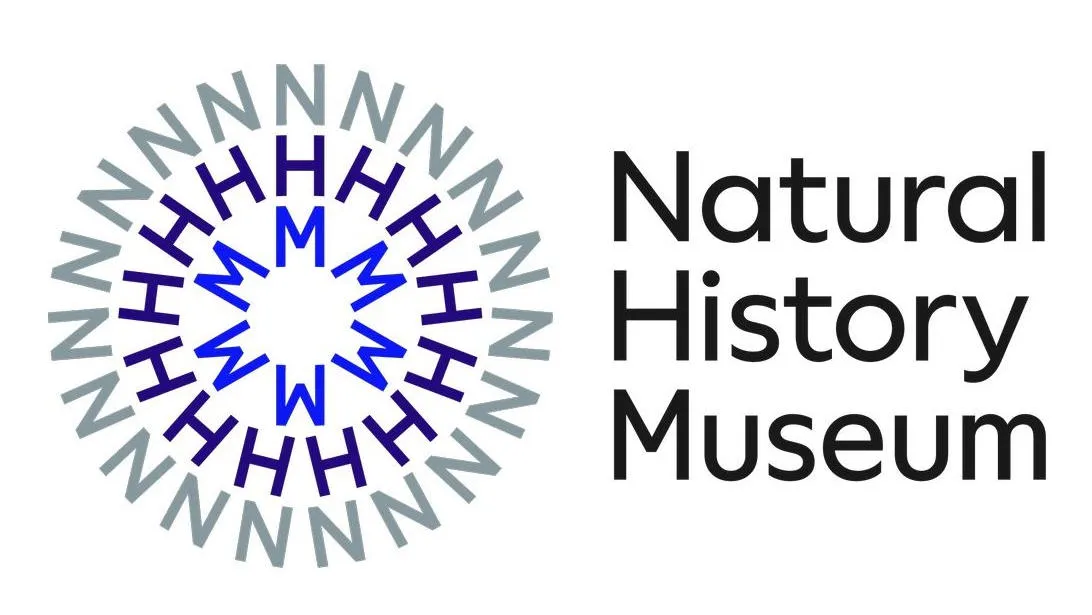Tackling illegal wildlife crime through the development of novel methods for fingermark analysis
King’s Forensics has undertaken research on the visualisation of fingermarks on items pertinent to wildlife trafficking (e.g. pangolin scales, ivory, rhino horns etc.). However, there is a need to conduct additional studies to evaluate the appropriateness of conventional detection processes (i.e. fluorescent fingermark powders, chemical treatments, physical enhancement processes) as well as the potential of innovative methods (i.e. biosensors) to enhance fingermarks present on challenging wildlife crime samples. Moreover, much of the existing research in this area involves the investigation of fingermark development on freshly made prints under ideal laboratory conditions. For these techniques to be deployed operationally, fingermarks made under varying environmental conditions (different ages, temperatures, contaminants, etc.) need to be evaluated and a suitable imaging system, capable of detecting evidence across a wide surface area, identified.
Little attention has been given to the development and/or validation of methods for the visualisation of evidence on objects relevant to the trafficking of endangered species (such as pangolin scales, ivory and animal skins/furs and eggs). This work is part of a joint initiative with the City of London Police Forensic Service Directorate’s Fingerprint Laboratory who provides access to traditional enhancement methods used in casework and to forensic imaging systems capable of imaging large surfaces under UV, visible and IR light.
Investigators:
|
Dr Barbara Daniel |
|
|
Tracy Alexander |
Director of Forensic Services, City of London Police |
|
Natasha Liddelow |
Fingerprint Laboratory, |
Aims
To develop a portfolio of robust fingerprint enhancement techniques specifically for use in the field in Africa.
Methods
- Conduct a developmental validation of conventional and innovative fingermark enhancement methods to determine analytical sensitivity, specificity, limit of detection and robustness to varying environmental conditions (surface type, temperature, pH, humidity, etc.).
- Assess the efficacy of an imaging system in the detection of latent and enhanced fingermarks.
Summary of Findings
Ongoing
Impact
The United Nations estimates that the global illegal wildlife trade is worth between $7 billion and $23 billion a year, making it an extremely profitable criminal enterprise. In addition, there is an estimated $146 million a year in tax revenue. If left unchecked, the loss of endangered species threatens the biodiversity of the planet. The use of fingerprints to identify those involved in the illegal wildlife trade on samples such as ivory, pangolin scales and rhino horn represent a valuable tool in forensic investigations. This project lies alongside a training and upskilling project Wildlife Police Officers currently being undertaken in Zimbabwe. Working in the field revealed the need to develop and validate reliable methods that can be used to enhance fingermarks on challenging wildlife samples would greatly support wildlife law enforcement practices and disrupt the illegal trafficking chain. Validation will take place ‘in country’ by wildlife forensic officers. If successful, the methods will be published and made available via TRACE and the African Wildlife Forensics Network.
Our Partners
Principal Investigators
Affiliations
Funding
Funding Body: City of London Police
Amount: £71,242
Period: July 2021 - June 2025






